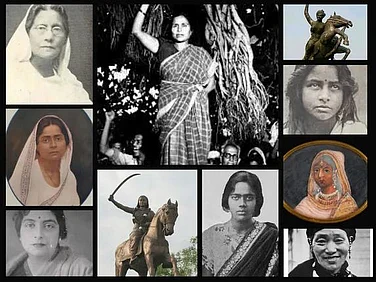A Distinct Colonial Legacy
The emergence of India as a great nation is a complex web of history and diverse stories that must be told as the nation celebrates another year of independence. Although it feels like a culmination of British rule in most of India on August 15, 1947, this was not the case with all and for some, it was a different journey altogether. In this context, the freedom fight of Goa as a natural narrative comes to my mind as a tale that requires focus in the light of this particular day of national pride.

















.png?w=200&auto=format%2Ccompress&fit=max)
.png?w=200&auto=format%2Ccompress&fit=max)




